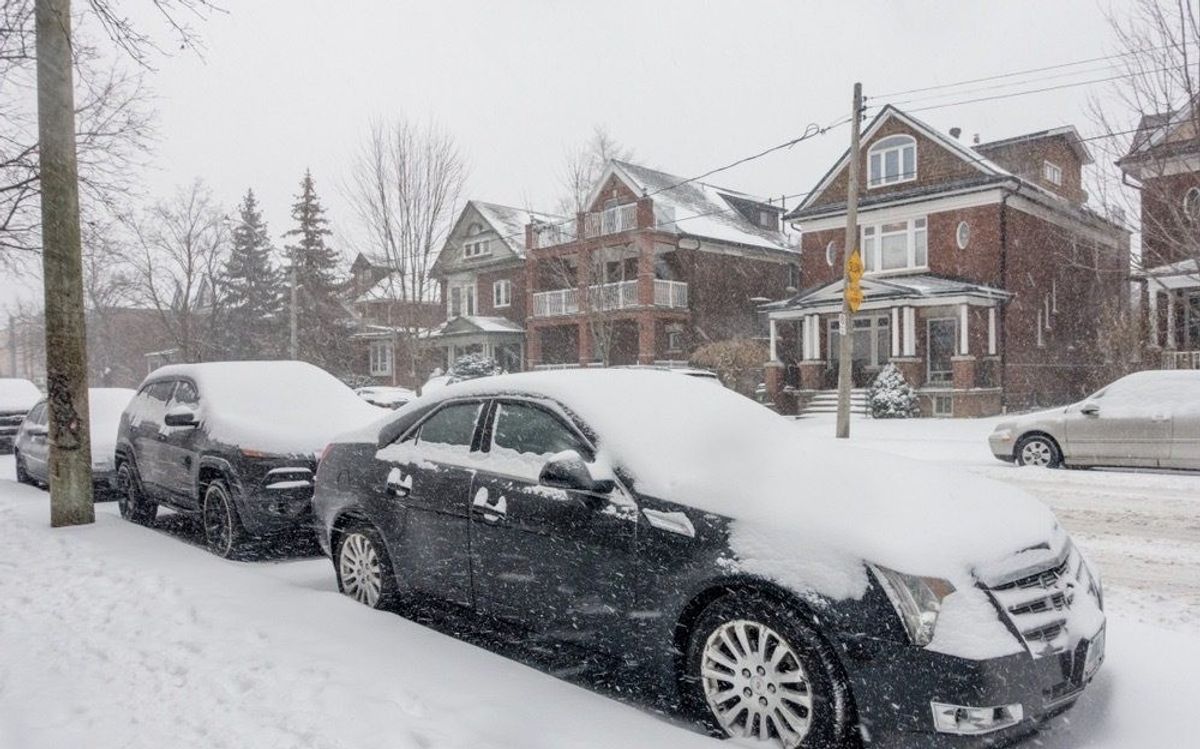You may have heard “new mortgage regulations” and “stress test” making headlines recently—phrases that prompt an upward trend in blood pressure. So what's this “stress test”? And would you pass it?
Borrowing rates from discount lenders have been at 2 or 3 per cent for some time now, fuelling housing market fires (particularly in Vancouver and Toronto), and the government is trying to dampen the momentum.
Starting on Monday, Oct. 17, you'll need to prove you can pass a higher bar, even though you’ll still likely end up paying less.
“The purpose of the ‘stress test’,” says Ken Fadel, principal broker at Crescent Mortgage Corp., “is to provide some assurance to the lender that the borrower would still be in a position to afford their mortgage payments should interest rates start to rise.”
The new hurdle you have to clear is the Bank of Canada’s five-year-fixed qualifying rate—currently at 4.64 per cent.
The bottom line: many buyers aren’t going to qualify for a mega-mortgage anymore.
A “Before-and-After" Example
A couple with no debt has a combined income of $90,000 per year. They have a $40,000 downpayment saved, and their monthly bills are estimated as $150 for heating and $250 for property tax.
According to the Canada Mortgage and Housing Corporation’s (CMHC) affordability calculator, prior to the mandatory stress test, this couple would likely have been approved to purchase a home costing approx. $499,000—with a borrowing rate of 2.24 per cent.
After Oct. 17, they'd likely be approved to purchase a home up to roughly $396,000—more than $100,000 less—to pass the “stress test” of 4.64 per cent.
What Mortgage Could You Get Now?
Find a mortgage affordability calculator—all major banks have one; so does the CMHC, linked above—and use the 4.64 per cent rate in their calculator. This is the figure that would pass the “stress test.” You are, however, still free to actually secure a mortgage at almost half that rate from a variety of lenders.
A Couple of Exceptions
This stress test only regulates insured mortgages. In most cases, you can avoid mortgage insurance with a downpayment of 20 per cent or more.
The new mortgage regulations do not apply to mortgage renewals.
Is This A Big Change?
“The bar has been raised considerably,” Fadel says. “This qualifying rate (currently 4.64 per cent) is generally 200+ bps points higher than the actual rate available in the marketplace.”
(Note: “bps” are basis points, a common unit of measurement for interest rates.)
“The resulting 20 to 40 per cent exaggeration in the mortgage payments used to qualify potential homebuyers has a dramatic effect,” he adds. “Latest estimates suggest this could eliminate 15 to 20 per cent of buyers from the market.”
Fadel says the new regulations means condo or rental markets may get a boost.
Will Toronto Home Prices Finally Cool?
“Simple supply and demand would suggest that housing prices will take a hit given a substantial number of buyers (first?timers and those with elevated debt servicing ratios) will no longer qualify for the mortgage amount necessary,” says Fadel. “The longer term outlook is a bit more muddied, but suffice to say this will cool things considerably for a while.”
Are Mortgage Interest Rates Going Up?
In a way, rates have almost nowhere else to go but up, considering we’ve experienced years of exceptionally low interest. But this stress test seems to indicate the change is coming soon.
“These rule changes would lead one to believe that mortgage rates will be on the rise,” Fadel says. “Non?deposit taking lenders will see their mortgage funding costs increase, and this will be passed along to borrowers. The big banks would probably follow suit as they see an opportunity to improve their bottom line without the risk of losing market share.”





















